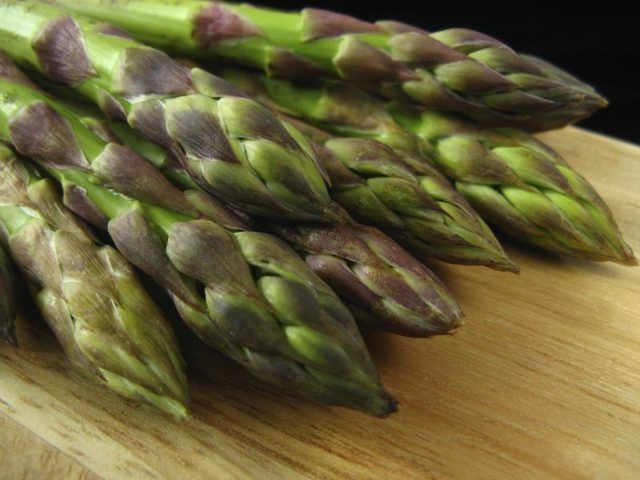Bulbs
Flower Basics
Flower Beds & Specialty Gardens
Flower Garden
Garden Furniture
Garden Gnomes
Garden Seeds
Garden Sheds
Garden Statues
Garden Tools & Supplies
Gardening Basics
Green & Organic
Groundcovers & Vines
Growing Annuals
Growing Basil
Growing Beans
Growing Berries
Growing Blueberries
Growing Cactus
Growing Corn
Growing Cotton
Growing Edibles
Growing Flowers
Growing Garlic
Growing Grapes
Growing Grass
Growing Herbs
Growing Jasmine
Growing Mint
Growing Mushrooms
Orchids
Growing Peanuts
Growing Perennials
Growing Plants
Growing Rosemary
Growing Roses
Growing Strawberries
Growing Sunflowers
Growing Thyme
Growing Tomatoes
Growing Tulips
Growing Vegetables
Herb Basics
Herb Garden
Indoor Growing
Landscaping Basics
Landscaping Patios
Landscaping Plants
Landscaping Shrubs
Landscaping Trees
Landscaping Walks & Pathways
Lawn Basics
Lawn Maintenance
Lawn Mowers
Lawn Ornaments
Lawn Planting
Lawn Tools
Outdoor Growing
Overall Landscape Planning
Pests, Weeds & Problems
Plant Basics
Rock Garden
Rose Garden
Shrubs
Soil
Specialty Gardens
Trees
Vegetable Garden
Yard Maintenance
How to Take Care of Asparagus Plants
How to Take Care of Asparagus Plants. A well-established, well-cared for asparagus (Asparagus officinalis) bed is the garden's gift that keeps on giving. Each spring, this perennial produces abundant spears ready for harvest. Asparagus grows in [U.S. Department of Agriculture](http://planthardiness.ars.usda.gov/PHZMWeb/) plant hardiness zones 4...
A well-established, well-cared for asparagus (Asparagus officinalis) bed is the garden's gift that keeps on giving. Each spring, this perennial produces abundant spears ready for harvest. Asparagus grows in U.S. Department of Agriculture plant hardiness zones 4 through 9. With the right care, an asparagus bed can produce for 10 to 20 years.

Water asparagus twice a week using a soaker hose or the soaker setting on a hand-held watering system. This allows the water to penetrate into the soi. Water until the top 5 inches of soil are damp.
All soils absorb and drain at different rates. To prevent overwatering, or under-watering, allow the top 1 inch of soil to dry out between waterings, adjusting the watering schedule to compensate. If you're not sure how deep the water is penetrating, dig a narrow, 5-inch-deep hole at the edge of the bed, then feel the soil at the bottom of the hole to see if it's damp.
Mulch asparagus by piling 4 to 6 inches of seed-free straw around each plant. Mulching asparagus keeps weeds down and helps keep the soil moist. Other mulch materials that work in place of straw include compost, organic grass clippings and leaf mold. Organic materials break down through the growing season so replenish the mulch layer each spring to maintain the 4- to 6-inch layer.
Fertilize asparagus in early spring when new shoots start growing. Use 2 cups of fertilizer for each 10-foot row of asparagus. Scatter the fertilizer onto the soil then water it in. For the spring asparagus feeding, use a 10-20-10 fertilizer.
After harvest, in late spring or early summer, fertilize the bed again with a nitrogen-rich fertilizer, such as a 21-0-0 granular fertilizer, to support frond growth. Use 1 to 2 cups for each 10-foot row. After scattering the fertilizer evenly over the soil, water the area thoroughly.
Keep an eye out for asparagus beetles. These 1/4-inch-long blue-black winged beetles feed on the foliage, weakening the plants. Look out for slugs and cutworms when you're hunting for asparagus beetles. Cutworms are 1- to 2-inch-long caterpillars that curl up when poked. Pick these pests from the plants by hand and drown them in a bucket of soapy water.
Harvest established asparagus for eight consecutive weeks in spring, starting when the spears stand 4 and 10 inches tall. To harvest, cut the spears at the soil line. After the harvest, allow the foliage to continue growing through the rest of the warm weather.
At the end of the growing season, around the first fall frost, cut out the dead asparagus foliage -- called fronds -- at the soil line and add 3 inches of straw or other mulch over the top of the crowns. In mild winter areas, get rid of the foliage in late fall when it starts to yellow then add mulch over the crowns.
Clean your harvesting and timing tools in a solution of 1 part bleach to 9 parts water after each use.